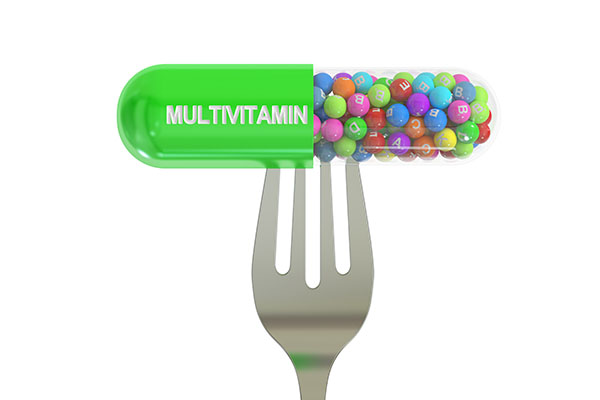
Examples of diseases caused by malnutrition include conditions like anemia, which is caused by iron deficiency and leads to lack of red blood cells or hemoglobin. Folate deficiency can lead to birth defects during pregnancy. Vitamin A deficiency is associated with severe outcomes from measles infection. Insufficient vitamin C absorption is associated with serious whooping cough cases. Vitamin D deficiency can lead to immunodeficiency, emotional dysregulation and even depression.
The body will often give clues about specific nutrient deficiencies before further damage is done to the internal organs. Recognizing the basic signs of nutrient deficiencies and responding with the correct foods and herbs is an essential skill for maintaining wellness over time.
The body gives clues about nutrient deficiencies
Deficiencies don't happen in a vacuum, but most of us don't understand the messages our body gives us. There are many ways signs, if you know what to look for.
The eyes
Ruptured blood vessels in the eyes often indicate eye strain or over exposure to smoke, dust or pollen. However, in the absence of these external stimuli, ruptured blood vessels in the eyes could also mean that the body is low on vitamin C.
Poor night vision can be attributed to a vitamin A deficiency and low antioxidant absorption. One of the ways to address this issue is by consuming bilberry fruit. This fruit contains anthocyanosides, which build strong blood vessels and improve circulation to all areas of the body, even around the eyes. Specifically, anthocyanidins boost the production of rhodopsin, a pigment that helps the eye adapt to light changes.
Dark circles or bags under the eyes often indicate allergies, food intolerance, dehydration, or low-quality sleep, characterized by lack of oxygen utilization (persistent mouth breathing). Other underlying causes include: lack of iron and deficiencies of vitamins E, D, K A, and B12. A pale lower eyelid is a telltale sign of an iron deficiency.
Muscles and Joints
Skin
The skin is the most telling organ. Dry or rough skin indicates low vitamin A and E. If you’re easy to bruise, then you’re lacking vitamin C. Other signs of deficiency indicated on the skin, include:
Hair and Nails
Shoring up nutrient deficiencies is simple, but not taught
Many of these nutrient deficiencies are the result of a poor diet consisting of refined sugars and ultra processed foods that are stripped of their nutrients and loaded with chemicals that interfere with nutrient absorption. Also, daily consumption of impure water introduces heavy metals and pesticides that interfere with nutrient absorption. Foods grown in low quality soils do not provide the trace minerals needed to assimilate the vitamins in the foods.
Moreover, the standard American diet lacks fundamental food groups (herbs, roots, seeds, nuts, berries, barks, hulls, mushrooms, seaweed) that are nutrient-dense by design. A daily concoction of these foods can mitigate nutrient deficiencies across the spectrum and improve one’s quality of life.
Sources include:
X.com
Pubmed.gov
DeepRootsatHome.com
MountSinai.org
ShensClinic.com
Source link

